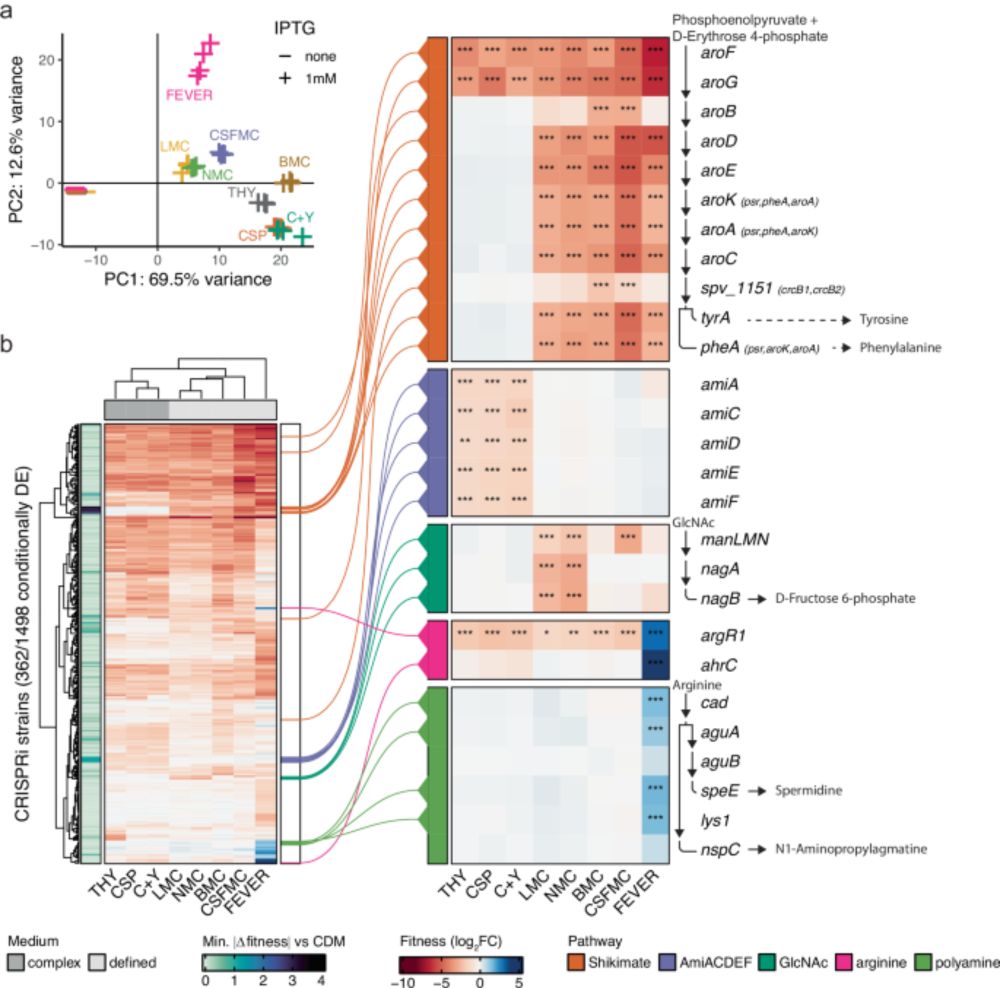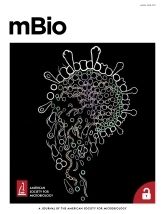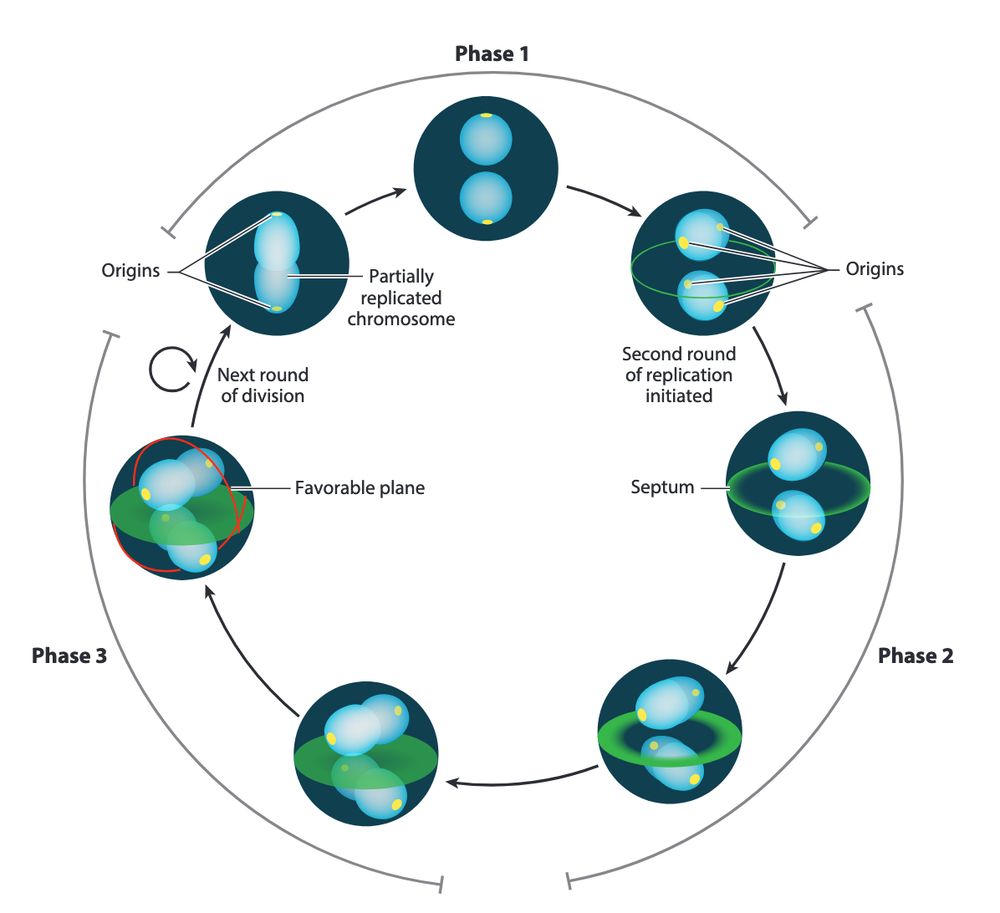
🕰️We chart the full, synchronized lifecycle of a predatory bacterium using Hi-C, RNA-seq, ChIP-seq & microscopy.
🧬We uncover dramatic shifts in nucleoid architecture & transcription, tightly coordinated with predation.
www.biorxiv.org/content/10.1...

🕰️We chart the full, synchronized lifecycle of a predatory bacterium using Hi-C, RNA-seq, ChIP-seq & microscopy.
🧬We uncover dramatic shifts in nucleoid architecture & transcription, tightly coordinated with predation.
www.biorxiv.org/content/10.1...

🕰️We chart the full, synchronized lifecycle of a predatory bacterium using Hi-C, RNA-seq, ChIP-seq & microscopy.
🧬We uncover dramatic shifts in nucleoid architecture & transcription, tightly coordinated with predation.
www.biorxiv.org/content/10.1...
www.biorxiv.org/content/10.1...

www.biorxiv.org/content/10.1...
#microsky 🧪
www.nature.com/articles/s41...

#microsky 🧪
www.nature.com/articles/s41...
by Tung Le & co @johninnescentre.bsky.social
www.nature.com/articles/s41...

Abstracts will open next week 15th so start thinking!
September 15-17th, Catania, Sicily
Its a Microbiological opportunity you cant refuse!

Abstracts will open next week 15th so start thinking!
September 15-17th, Catania, Sicily
Its a Microbiological opportunity you cant refuse!

journals.asm.org/doi/10.1128/...

journals.asm.org/doi/10.1128/...


I'm Renske, and our very fresh lab in Groningen works on the bacterial predator Bdellovibrio bacteriovorus. We're interested in what tools Bdello uses to eat their prey, the knife & fork, tongue and saliva, so to say.
I occasionally post pictures of my knitting work too
I'm Renske, and our very fresh lab in Groningen works on the bacterial predator Bdellovibrio bacteriovorus. We're interested in what tools Bdello uses to eat their prey, the knife & fork, tongue and saliva, so to say.
I occasionally post pictures of my knitting work too

#mSystemsJ from @mortenkj.bsky.social and @jwveening.bsky.social eening
journals.asm.org/doi/10.1128/...

#mSystemsJ from @mortenkj.bsky.social and @jwveening.bsky.social eening
journals.asm.org/doi/10.1128/...

